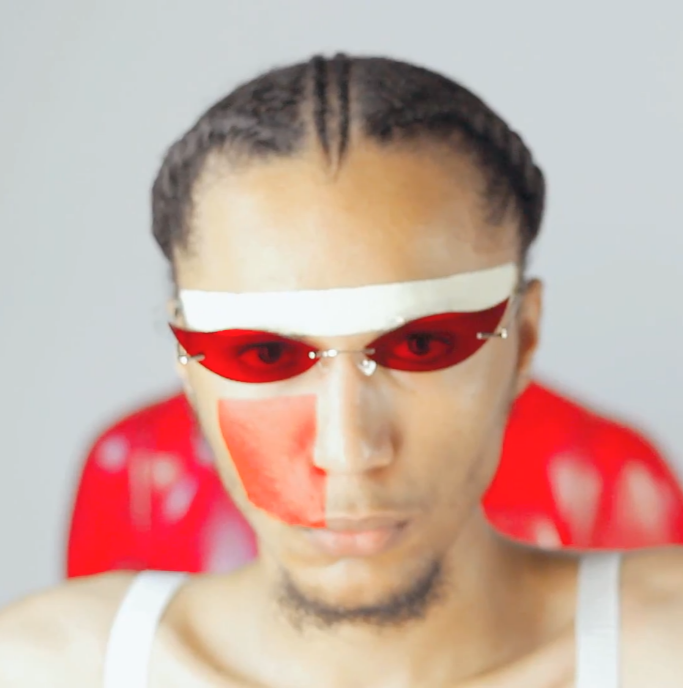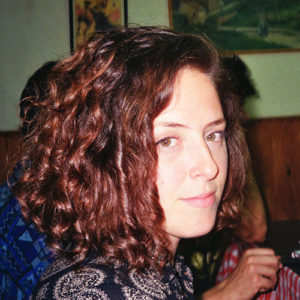How Biochemist and Fashion Designer Maria Mariano Is Inventing a New Textile Fiber
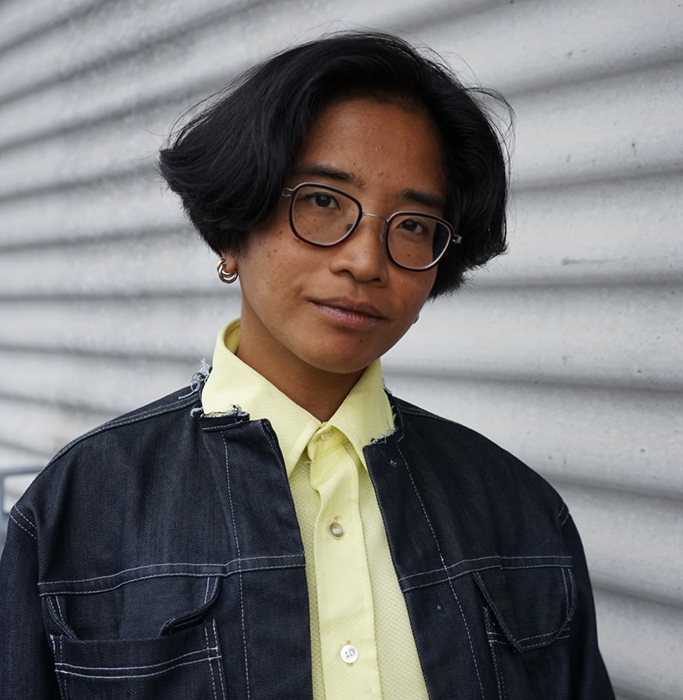
A conversation with Maria Mariano
Date
Wednesday, September 9th, 2020
Location
Montreal, Canada
Editor
Maéva Carreira
Editor-in-Chief
Montreal, Canada
Curious and adventurous by nature, Maria Mariano is not afraid to explore the limits of the fashion world. Thanks to her background in biochemistry, this Montreal-based sustainable maker has been able to use her design expertise to innovate new ways of producing our clothes in a more sustainable way. Récréation is the name of the new project she has co-founded with Natasha Thomas. Driven by the mission to propel unique ways to contribute to the growing circular economy, Maria and her team are undertaking the challenge to develop textile solutions – by transforming agricultural waste into fully recyclable textiles.
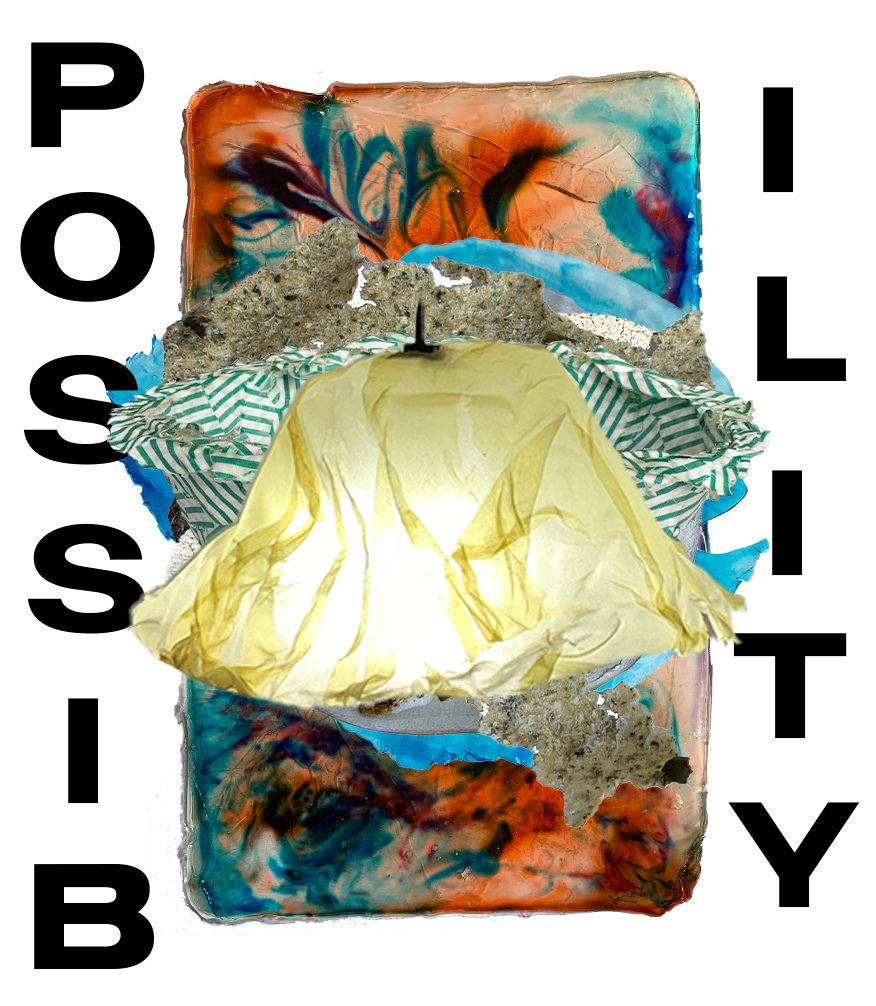
Tell us about yourself – where did you grow up? What is your background? Can you tell us a bit about your childhood?
As a first generation immigrant, I grew up with change and movement. I was born in Saudi Arabia, lived in the Philippines for my younger years, and then moved back and forth from Canada to the US. Lately, I’ve been calling Montreal home. As a kid, I was extremely curious about the world around me Iand always ready for an adventure. I imagined being either an astronaut, a detective, a doctor, or Oprah when I grew up.
I was also fairly expressive in the kind of play clothes I wanted to wear – matching Nike sweat suits over daisy dresses any day. Pretty creative and resourceful, I remember making up coupons from pretend companies to give to my parents as a thoughtful gift.
You define yourself as a sustainable maker. Can you tell us what design means to you, and how you apply it across your projects?
Hm, for me, the term design has evolved from the idea of being a “matter of taste” to something that is a matter of progress and survival. As humans, the concept of improving our lives exist deep in our DNA – and design should be about that : a way of thinking and communicating different answers to the ambiguity that surrounds us. My fascination in the cultural aspect of fashion combined with my learned reasoning through the scientific process, allows me to explore different possibilities that are better for people and the environment.
During this time, I planned workshops that discussed the intersection of spirituality, environment, and fashion. Creating dialog and awareness into our buying power and offering different ways to react and respond to challenging situations, so we can help shift the paradigm.
You’ve been a member at ORB for almost a year – what have you been working on during your tenure?
Oh wow, almost a year! It’s been a discovery period in our research in transforming expired dairy and agriculture waste into fibre that is fully recyclable. We’ve invested a lot of time on getting clarity on the process and system – its timeline and its sustainability goals. It’s been a season of application writing and developing a network with other like-minded people who want to actively participate in helping change the systems of our world. I also realized that education is a major catalyst in a collective shift. During this time, I planned workshops that discussed the intersection of spirituality, environment, and fashion. Creating dialog and awareness into our buying power and offering different ways to react and respond to challenging situations, so we can help shift the paradigm.
Can you expand on how both your biochemistry and design backgrounds intertwine in this Recreation Project?
We’re a brand creating at the fiber level, so it allows me to be agile when I think about the micro and macro aspects of the project’s infrastructure. Helping bridge the gap from the process of transforming organic polymers (waste) to the process of creating alternative primary material (textile). I am often inspired to look at nature for ideas and find ways to translate and incorporate its cyclical feedback mechanisms. My background in science gives me structure and my passion in design gives me freedom, helping me navigate with intention.
What is your ultimate goal with the Recreation project?
This sort of ambitious and multi-layered project reimagines how we think about making things from what we already have through the power of transformation. And in its completed stages, the project proposes a circular economy model that is rooted in a local supply chain while considering our environment.
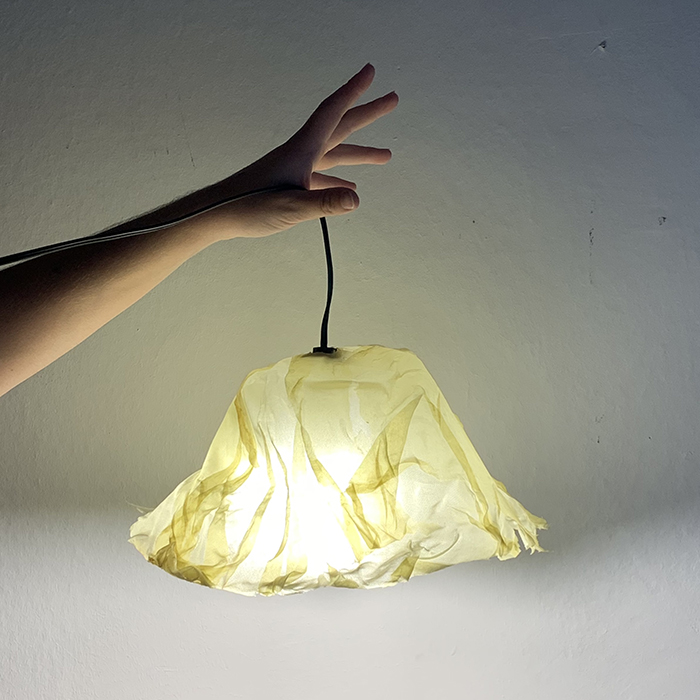
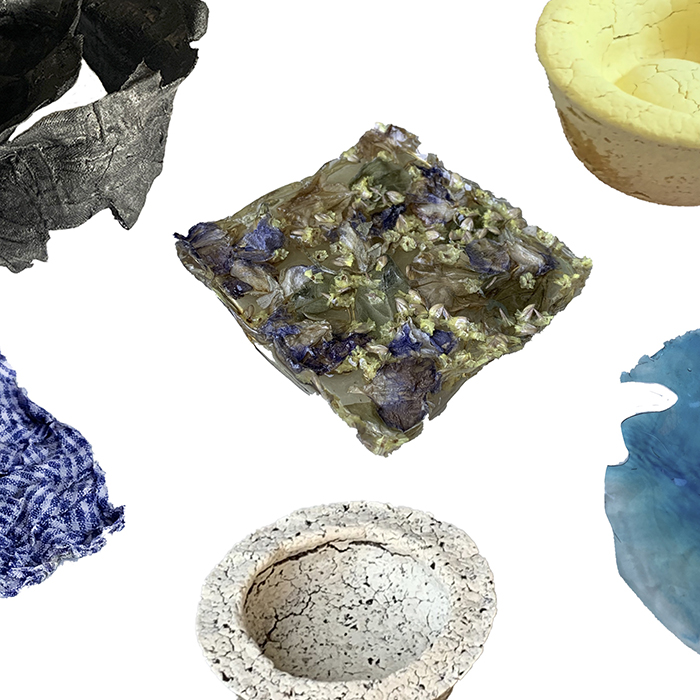
What was it about ORB that you appreciated, and how did the environment help you create?
ORB is a space for me to get inspired in my thoughts and better sift through my research. It’s also a place where planning, editing, and admin work doesn’t seem so bad. The industrial building and open interior has an almost romantic rawness to it that fosters an environment to explore and connect. In a way, it’s been a playground.
What is your perspective on open-source and sharing knowledge between fields?
So I’m still deconstructing the idea of thinking in silos and this concept sometimes makes me uncomfortable, but I believe it’ll play a large role in achieving true sustainability goals. Open peer-to-peer information sharing means we can build on material that is presented, and that can also be traced back to the source. This can also mean that the information out there is not giving anything new, but merely suggesting new perspectives from many different aspects.
You regularly share hands-on tips in your Instagram stories. Like how we can upcycle our clothes, or even make bioplastics from things sitting in our home. What are some of the best sustainability tips you can share with us?
Probably to take a moment to think about why you do things and see if there’s a better way to go about it. Like, instead of getting something new to put your groceries in, try to reimagine the t-shirt that sits in your closet as a reusable bag! Thanks to the internet, DIY has never been so accessible and doable. As the environmental activist Celine Semaan says : sustainability is a culture and it can’t be bought.
Tips: Reusing with food waste to create
Advice: Greenwashing
COVID appears to have been an introspective period shared by many of us. How has the crisis impacted you and your work? And what are your realizations?
Being forced to slow down when the pandemic began was challenging, but ultimately gave me the opportunity to have the time I always wanted to reconnect with myself and nature. Needing an outer perspective, I found refuge in British Columbia, saw the vast ocean and its possibilities, I sat speechless by the mountains, and became appreciative of all the living beings that create an ecosystem. I learned that every moment is precious and time is better used than wasted.
Can you describe the new shape you’d like our world and our communities to take?
Since the beginning of the industrial revolution, we’ve been living in a linear world where resources are seen as infinite and profit is how we measure our livelihood. I imagine moving towards something where we learn from our ancestors, come back to our roots, and redefine what respect for our environment and compassion towards each other can mean. A more circular world, where nothing is ever created or destroyed but only transformed.
I imagine moving towards something where we learn from our ancestors, come back to our roots, and redefine what respect for our environment and compassion towards each other can mean.
What are you noticing in the fashion industry, particularly, that you’d like to help reshape?
Now, more than ever, we are seeing how the current fashion system is flawed. It touches many injustices, and the urgency for change is real. On a systemic scale, the way we produce and make garments should shift towards a process that has more thought behind it and that is community-centred and slow. On a personal scale, it is important for each of us to come to terms with our consumption patterns and then have courage to create new habits that respect our resources.
MARIA MARIANO
@OUIMARIANO
RECREATIONATELIER.COM

